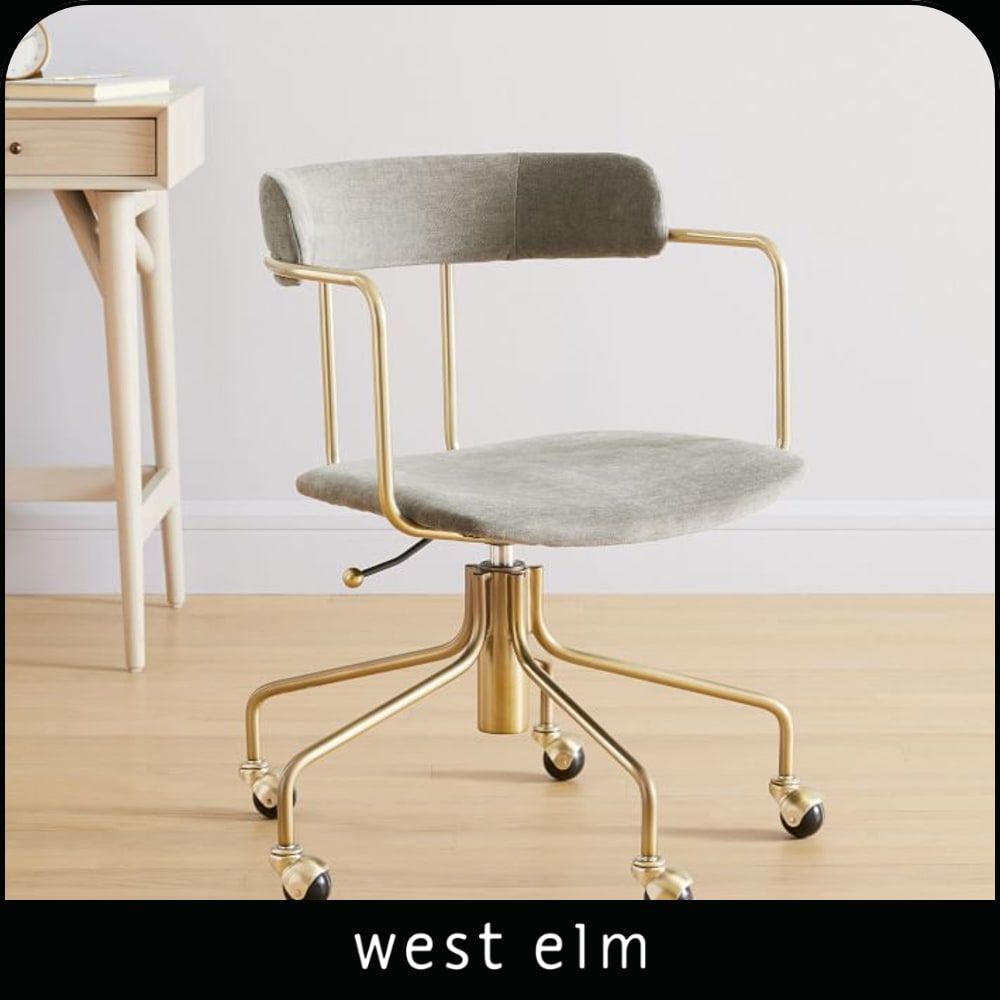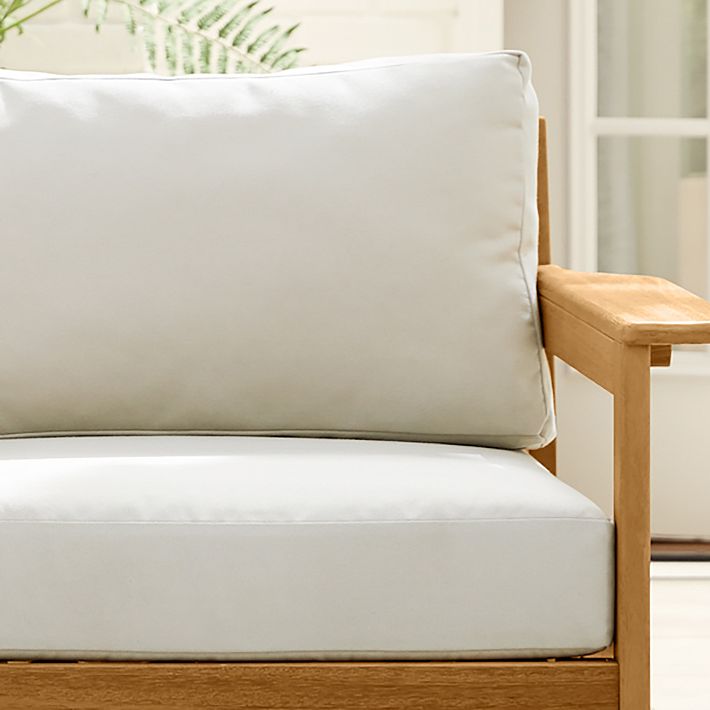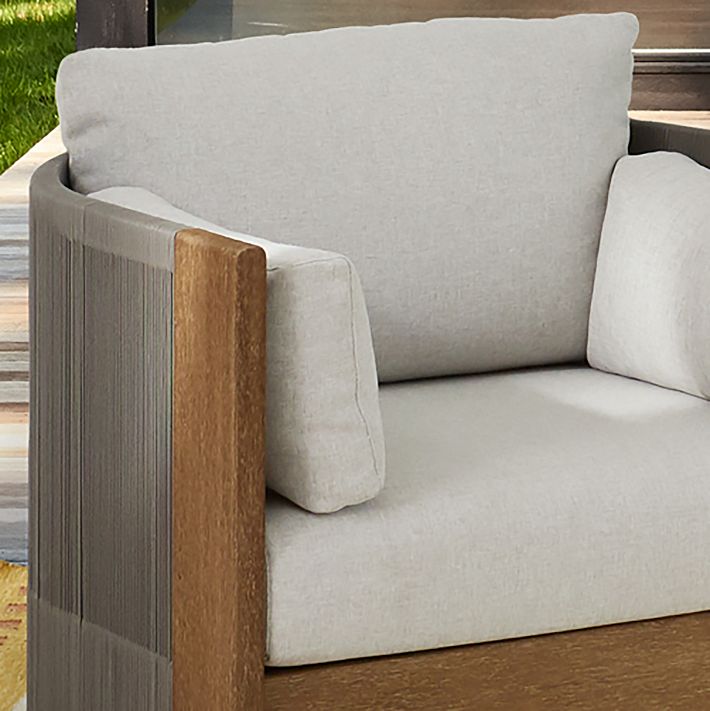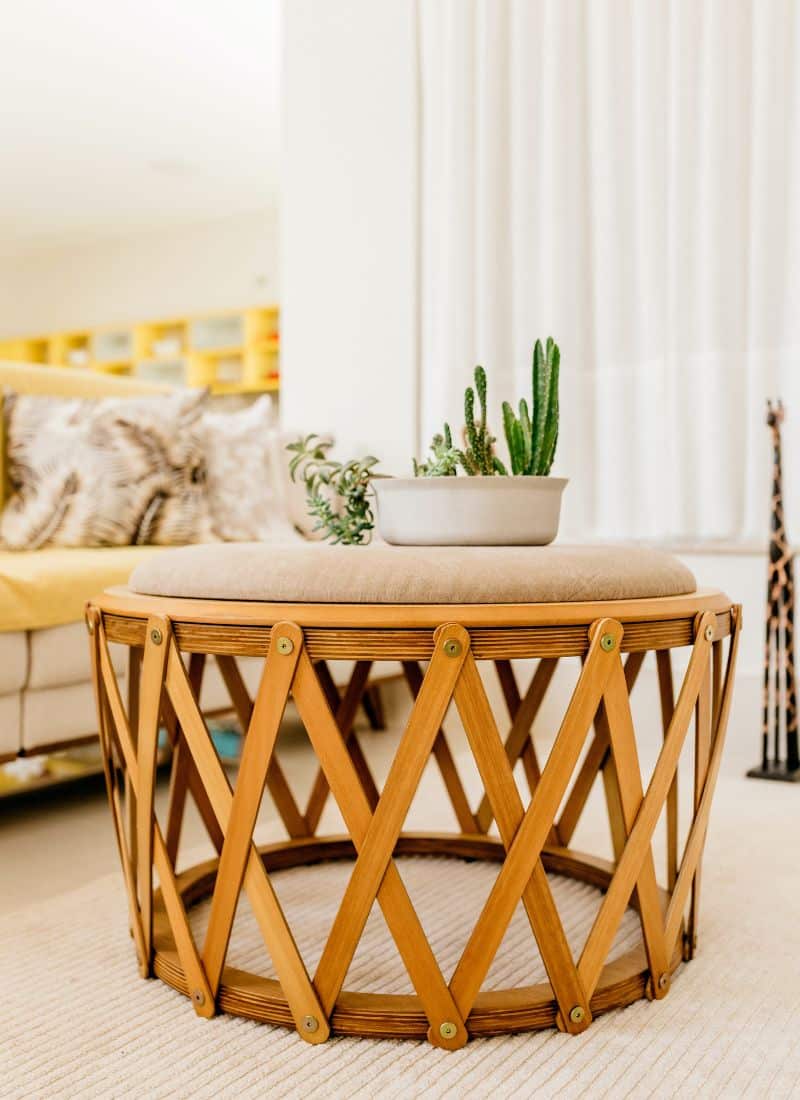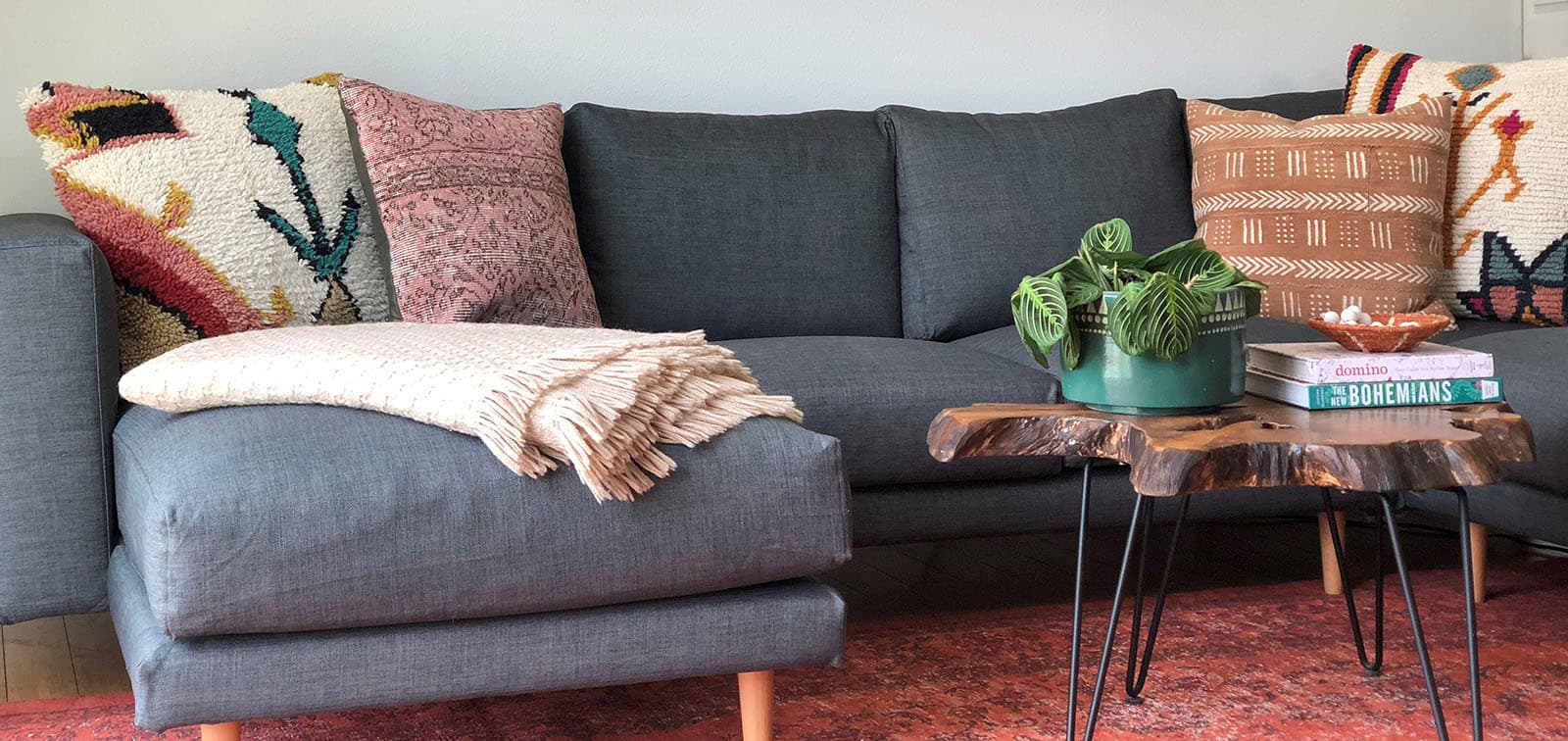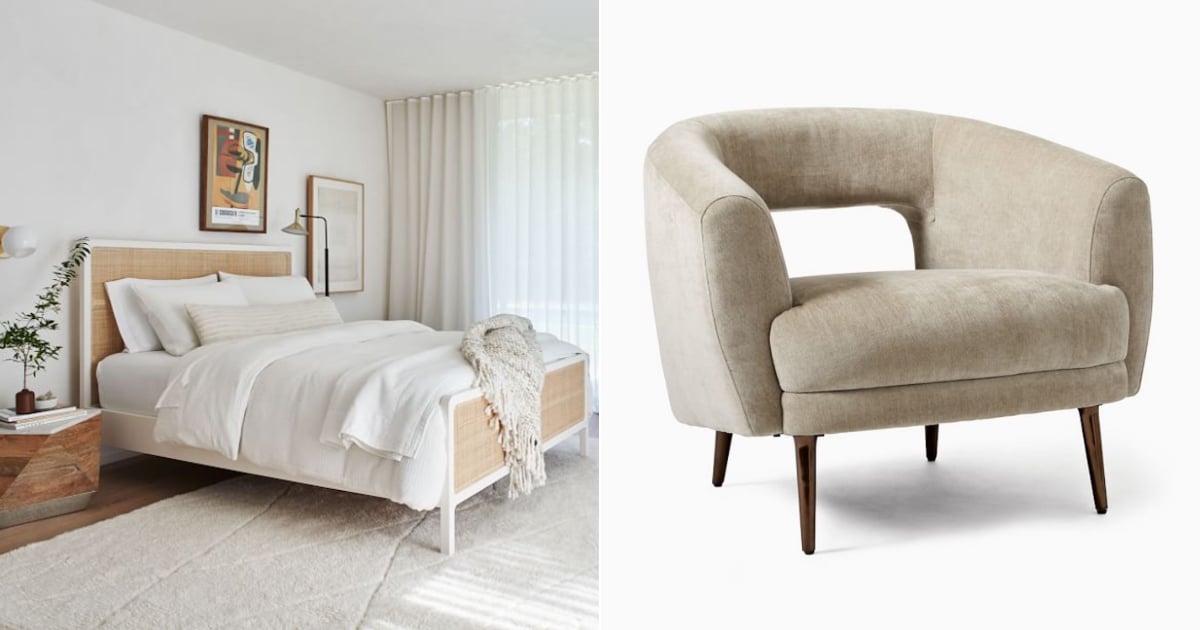West Elm Furniture Replacement Parts

A wobbly leg on your beloved West Elm sofa? A missing screw from that mid-century modern nightstand? For years, customers encountering these minor yet frustrating furniture mishaps have faced a significant challenge: accessing replacement parts. This scarcity has fueled online forums, repair shop visits, and, for some, the premature replacement of otherwise usable furniture.
The issue surrounding West Elm furniture replacement parts boils down to a lack of readily available, official channels for consumers to acquire small hardware, legs, or other components needed for repairs. This absence forces customers to navigate a complex landscape of third-party vendors, potentially incompatible substitutes, and the often-expensive prospect of professional repair. Addressing this issue would not only improve customer satisfaction but also align with growing consumer demand for sustainable practices and the extension of product lifecycles.
The Customer Experience: Frustration and Resourcefulness
Tales of woe abound in online communities. Customers report spending hours searching for a specific screw or leg only to come up empty-handed or forced to purchase generic alternatives that don't quite match the original aesthetic.
One user on Reddit, posting under the handle "FurnitureFixer82," described their experience: "I love my West Elm coffee table, but one of the leg levelers broke off. Reaching out to West Elm directly was a dead end. I ended up scouring hardware stores, hoping to find something similar. It’s frustrating that a simple part can lead to so much hassle."
Some resourceful customers have resorted to 3D printing replacement parts or commissioning custom-made components from local artisans. While innovative, these solutions are often time-consuming and costly, highlighting the need for a more accessible solution.
West Elm's Perspective and Current Practices
West Elm, a subsidiary of Williams-Sonoma, Inc., has historically focused on warranty claims and providing support for significant manufacturing defects. This approach often leaves customers seeking minor repairs in a lurch.
When contacted for comment, a West Elm spokesperson stated, "We are committed to providing high-quality furniture and excellent customer service. While we don’t currently offer a comprehensive online catalog of replacement parts, we encourage customers to contact our customer care team for assistance with specific issues. We evaluate these requests on a case-by-case basis."
However, this case-by-case approach can be inconsistent, with some customers reporting successful resolutions while others are directed to external repair services or simply told that parts are unavailable.
The Rise of Third-Party Solutions
The gap in West Elm's service has created opportunities for third-party vendors. These businesses specialize in providing replacement parts for various furniture brands, including West Elm.
Websites like "ReplaceYourFurnitureParts.com" and individual sellers on Etsy offer a range of legs, screws, and hardware, often marketed as compatible with West Elm furniture. The quality and accuracy of these parts, however, can vary significantly.
Customers should exercise caution when purchasing from these sources, carefully comparing dimensions and materials to ensure a proper fit and avoid further damage to their furniture.
The Sustainability Angle
The lack of readily available replacement parts also raises concerns about sustainability. When minor damage renders a piece of furniture unusable, it often ends up in landfills, contributing to environmental waste.
Extending the lifespan of furniture through repair and replacement is a key aspect of the circular economy. By offering easy access to replacement parts, West Elm could significantly reduce its environmental impact and appeal to environmentally conscious consumers.
"Consumers are increasingly demanding that companies take responsibility for the entire lifecycle of their products," says Sarah Miller, a sustainability consultant specializing in the furniture industry. "Providing replacement parts is not just good customer service, it's a crucial step towards creating a more sustainable business model."
Looking Ahead: Potential Solutions and Industry Trends
Several potential solutions could address the replacement part challenge. These include creating a dedicated online store for replacement parts, partnering with authorized repair centers, or providing detailed schematics and specifications that allow customers to source compatible parts independently.
IKEA, for example, offers a comprehensive online parts ordering system, allowing customers to easily replace missing or damaged components. Adopting a similar approach could significantly improve West Elm's customer satisfaction and sustainability credentials.
Ultimately, addressing the lack of readily available replacement parts is not just about fixing broken furniture; it's about fostering customer loyalty, promoting sustainability, and building a more responsible brand. The question remains whether West Elm will seize this opportunity and adapt to the evolving needs of its customers.

